‘Diagnosis of the Curved Spine’ by Barbora Zentková and Julia Gryboś at Horizont Gallery

Julia Gryboś and Barbora Zentková are an artistic duo, based in Brno (CZ), working together since 2010. They made themselves known to wider audiences mainly in the Czech Republic and in Slovakia, where they were awarded the Oskár Čepan Award for young artists in 2016. Besides solo shows in independent galleries and artist-run spaces, within the last couple of years they are showing work in more thematic group shows too. Among these are the 6th edition of international public art festival Brno Art Open (2017), Dočasné struktury 1 in PLATO Gallery in Ostrava (2018), Every Other Thing in Krokus Gallery in Bratislava (2018), Obraz wewnętrzny. Pojawiające się / Znikające obrazy at Arsenal Gallery in Bialystok.
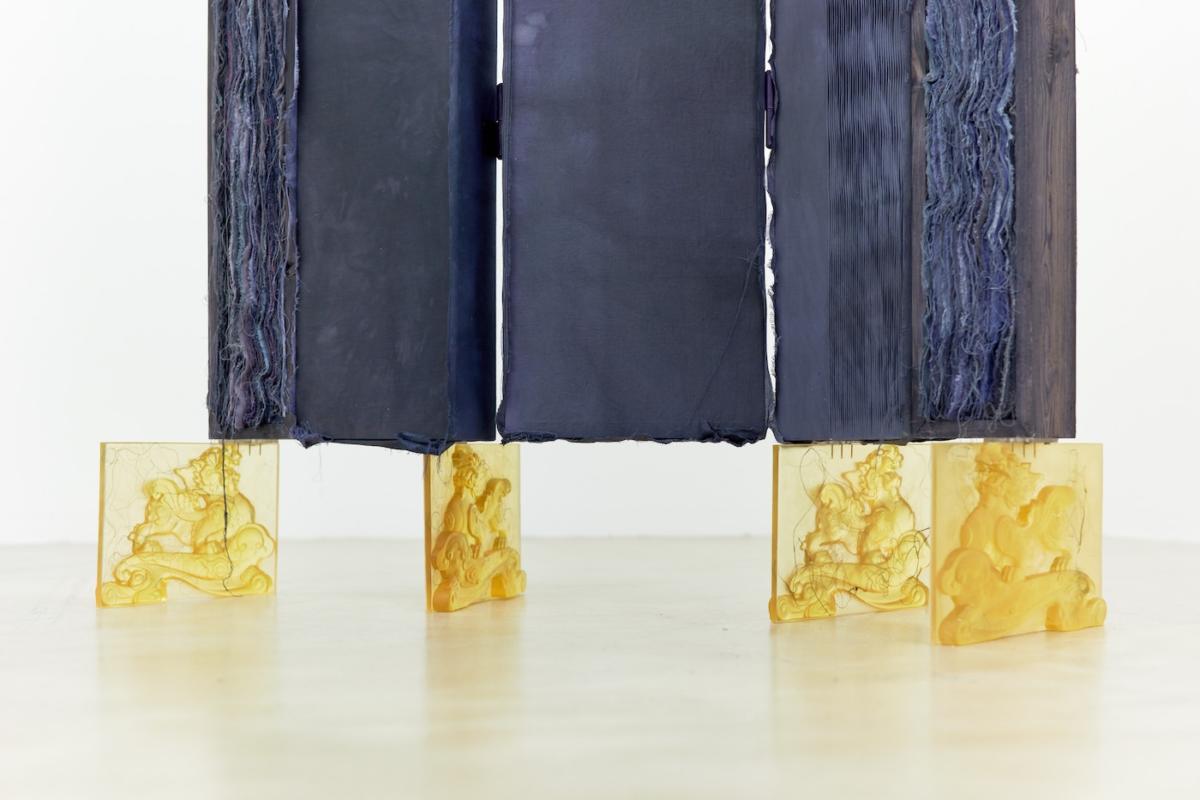


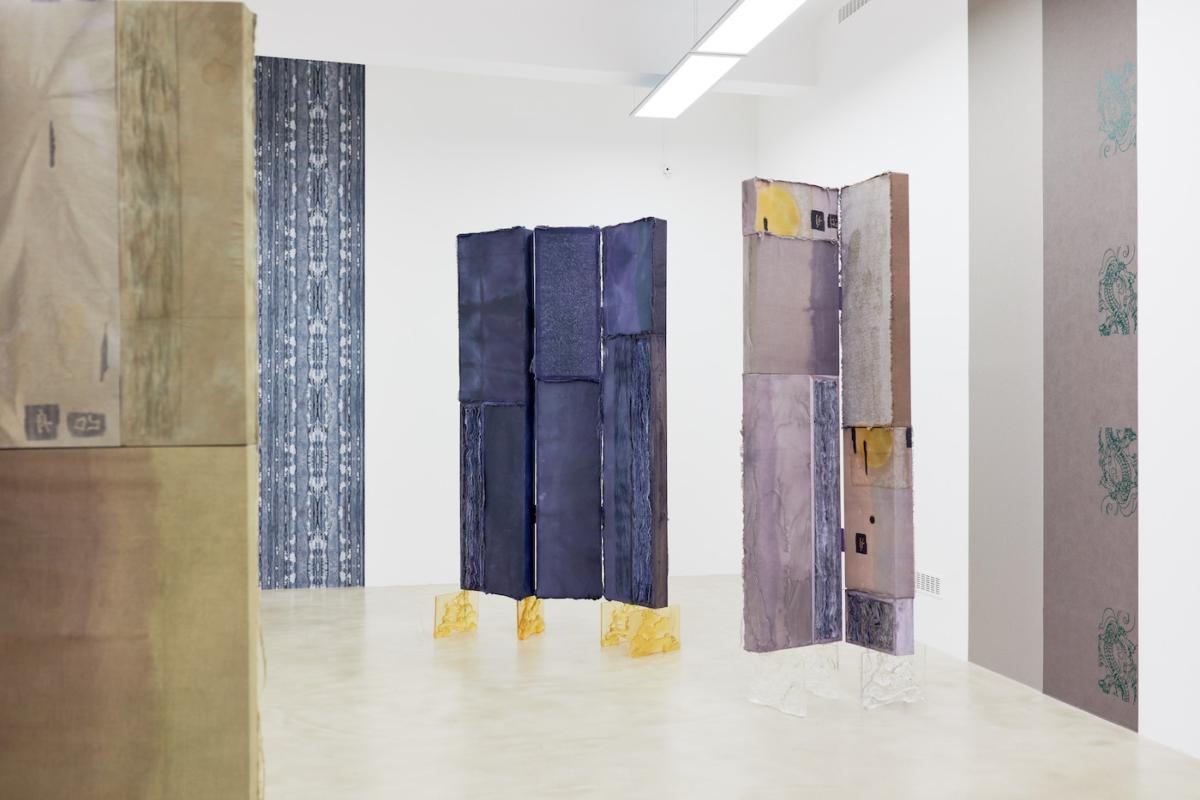


A starting point of their first solo show in Hungary was a chance encounter with the Franz Müller textile wholesale depot during a residency in Vienna during the spring of 2018. Müller’s modus operandi is based on collecting outlet fabrics from all around the world to re-sell them. As capitalist as it is, it evades an inhuman logic performed so smoothly by massive depots of transnational corporations where the stocks are quickly coming and going within the ever more automated plants integrated with online purchasing systems. Dematerialisation of goods which consumers, up until its delivery encounter only in the form of digital images, typical for the corporations represented most notoriously by Amazon, is radically disavowed here. Müller’s storehouse is full of “stuff”. Rolls and piles of fabrics are overflowing the shelve racks, surrounding anyone who dares to enter so intensely that they gain almost an organic quality – corporeality that the goods are usually deprived of.
Textile had a strong presence in the work of Gryboś and Zentková since the beginning of their collaboration, yet for a long time it was constrained to a painterly constellation of a canvas stretched on the frame. The eight years of their collaboration can be described as a gradual transition from painting towards complex installations, often integrating sound as an atmospherical feature. Their Horizont Gallery show therefore represents a kind of coming-back to the starting point of their work. Yet, one that is strongly redefined by the gained experience both in the field of art making and in what we can call a critical consciousness. Instead of being only a base to be covered with paint, textile occupy a central position here. For the viewer, fabrics are often reduced to their surfaces – their colours and used décors. Although these keep some significance here too, what gets an unusual amount of attention is a sheer materiality of the textiles, exposed by simple gestures of cutting, tearing, layering and rolling. This is similar to how textiles are treated in storehouses.

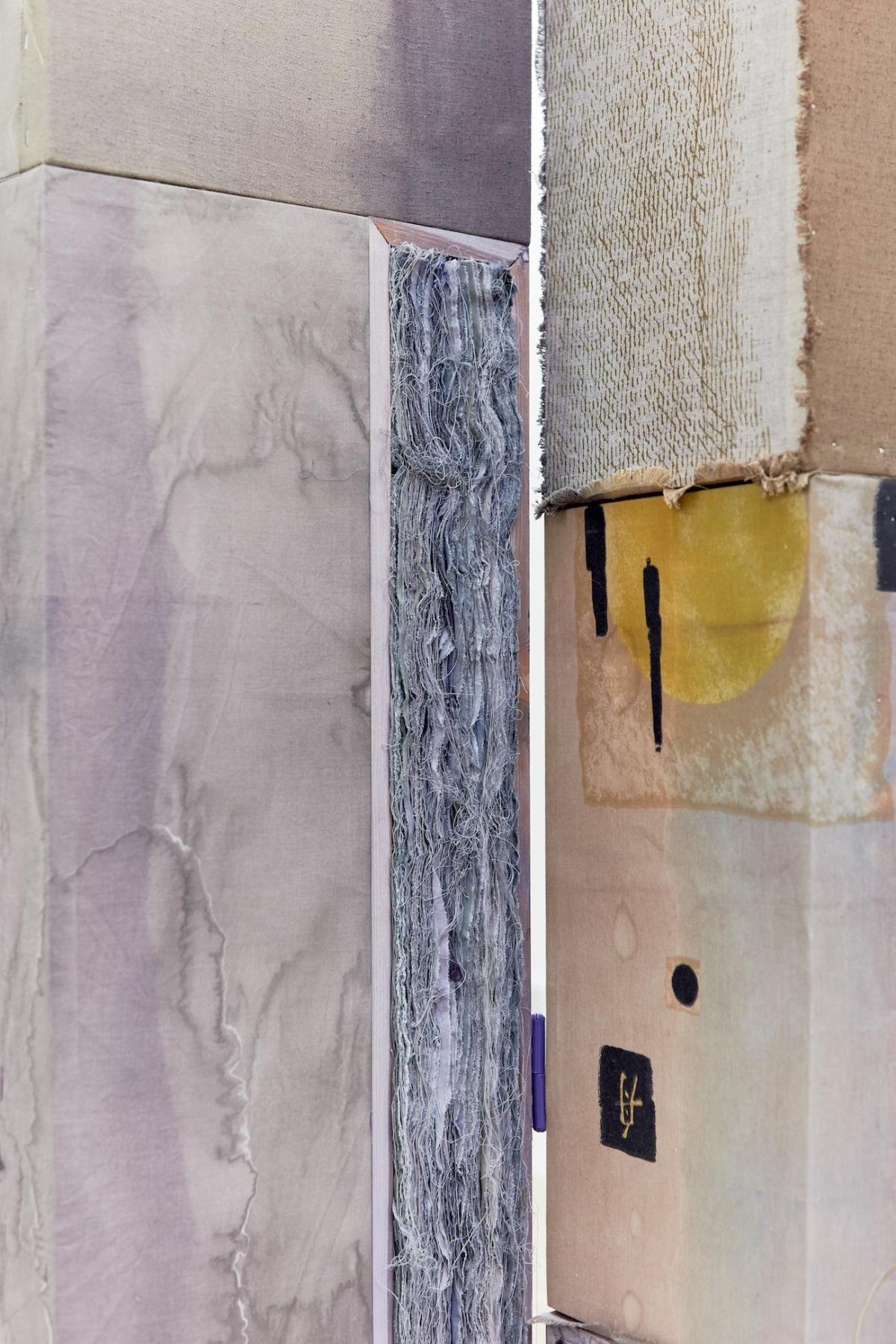
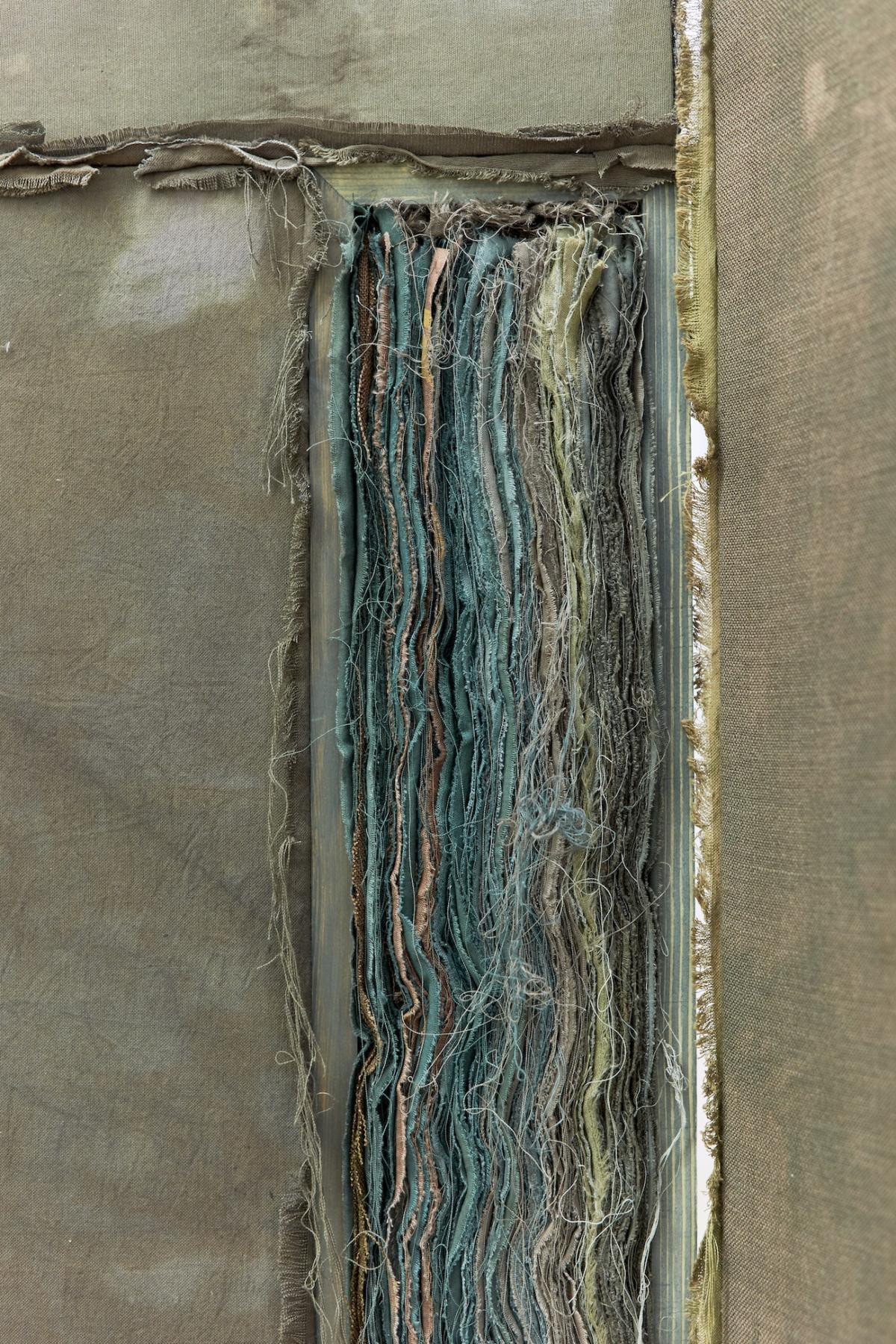
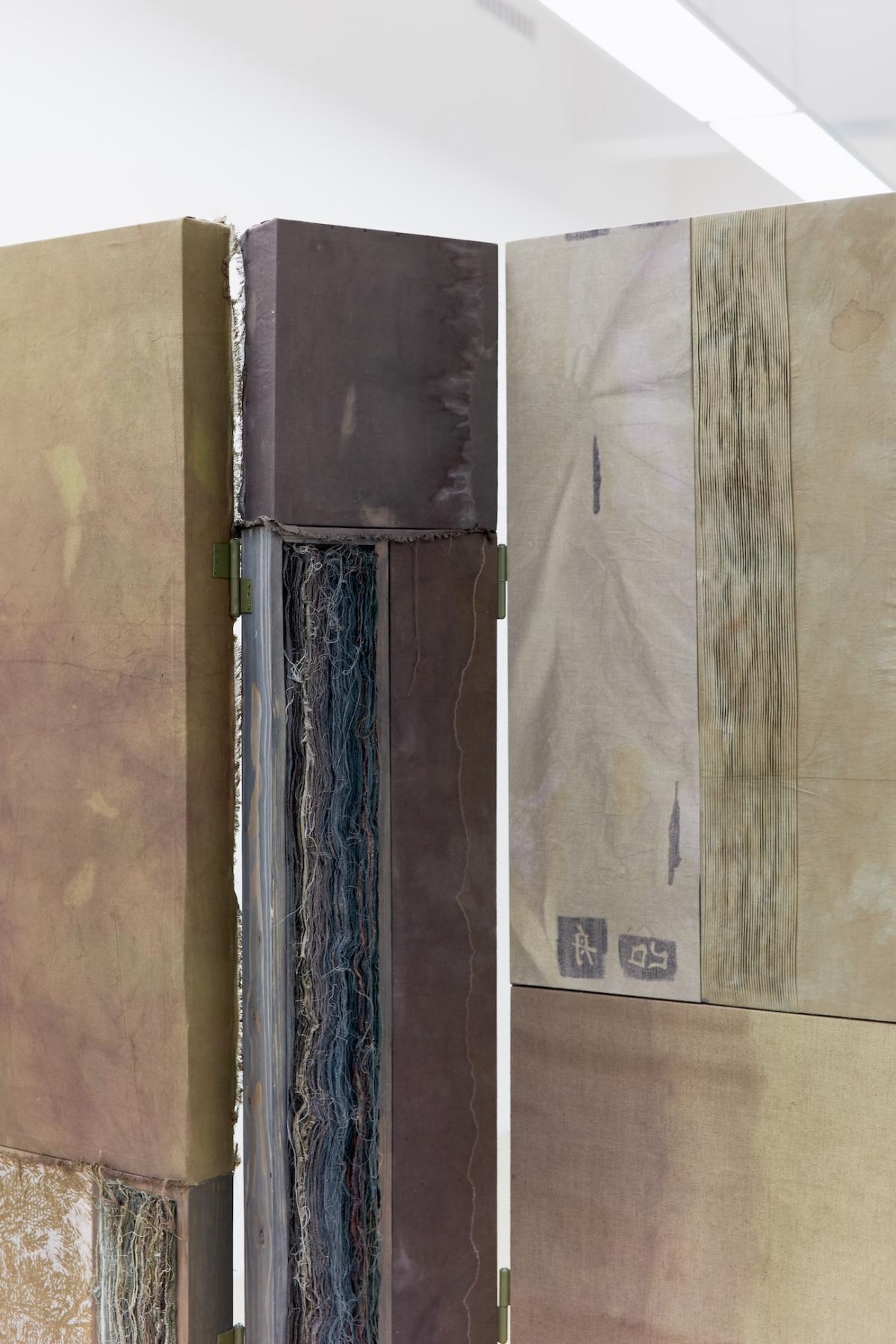
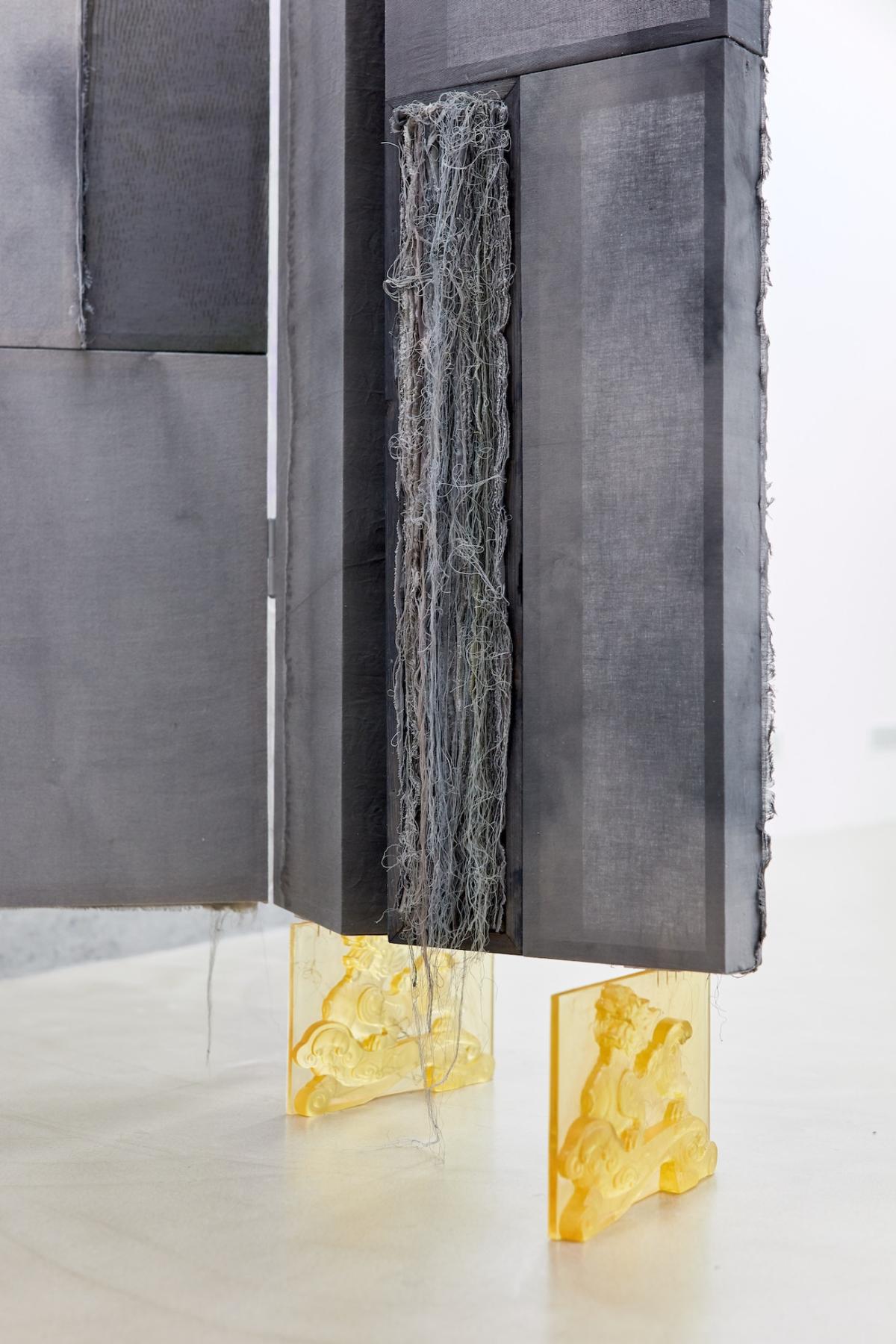

Shelve racks are the standard way to keep the merch in storehouses. These temporary homes of goods usually offer only as much for the sight as needed for their identification. Even the Müller’s storehouse, never mind its excessive nature, is based on the same Cartesian logic of rows and columns – on a logic of capitalist abstraction that allows to turn matter, both living and inert, into goods. To show fabrics purchased in the Müller’s storehouse to gallery audience, Gryboś and Zentková designed special kind of shelves: objects reminding us of folding screens (paraváns). Unlike traditional folding screens that are usually composed of panels of identical scale mounted together, here the panels themselves are composed of several frames of various sizes and shapes. A relatively large scale of panels of folding screens traditionally allows for elaborate decoration, that can treat several panels as one surface. In this case every single panel is already fragmented and whatever final composition arises it is marked with a dominant language of abstraction.
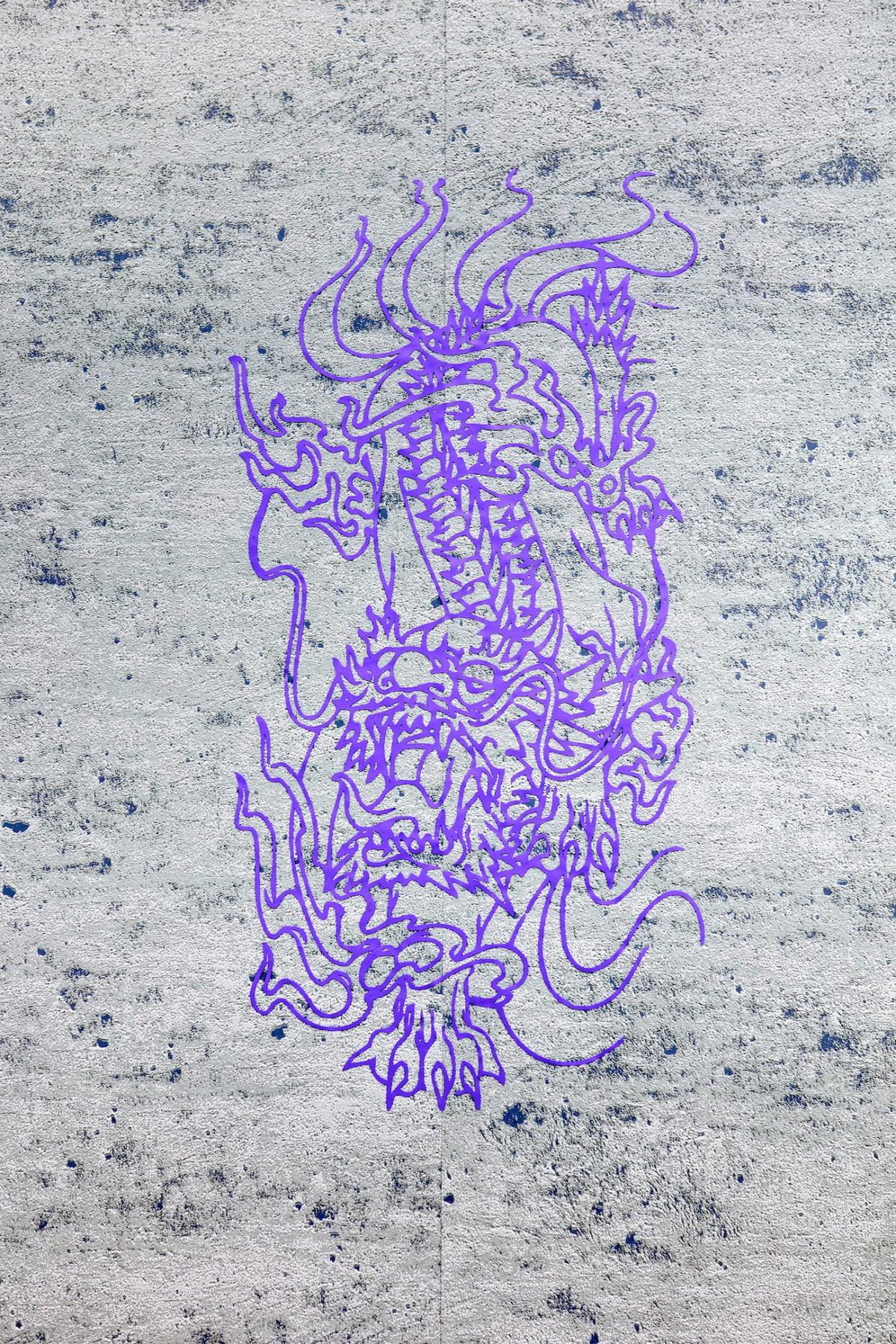

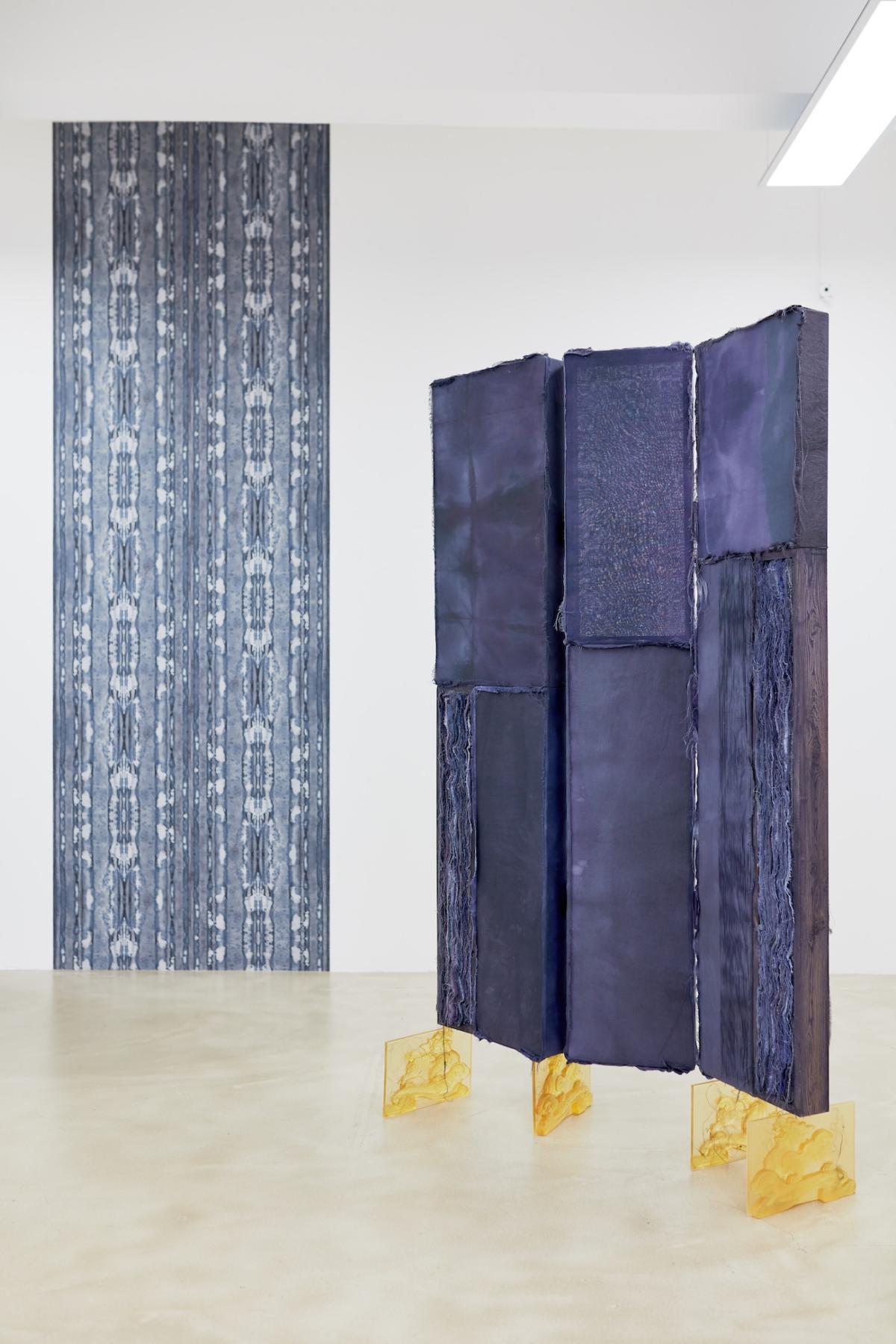
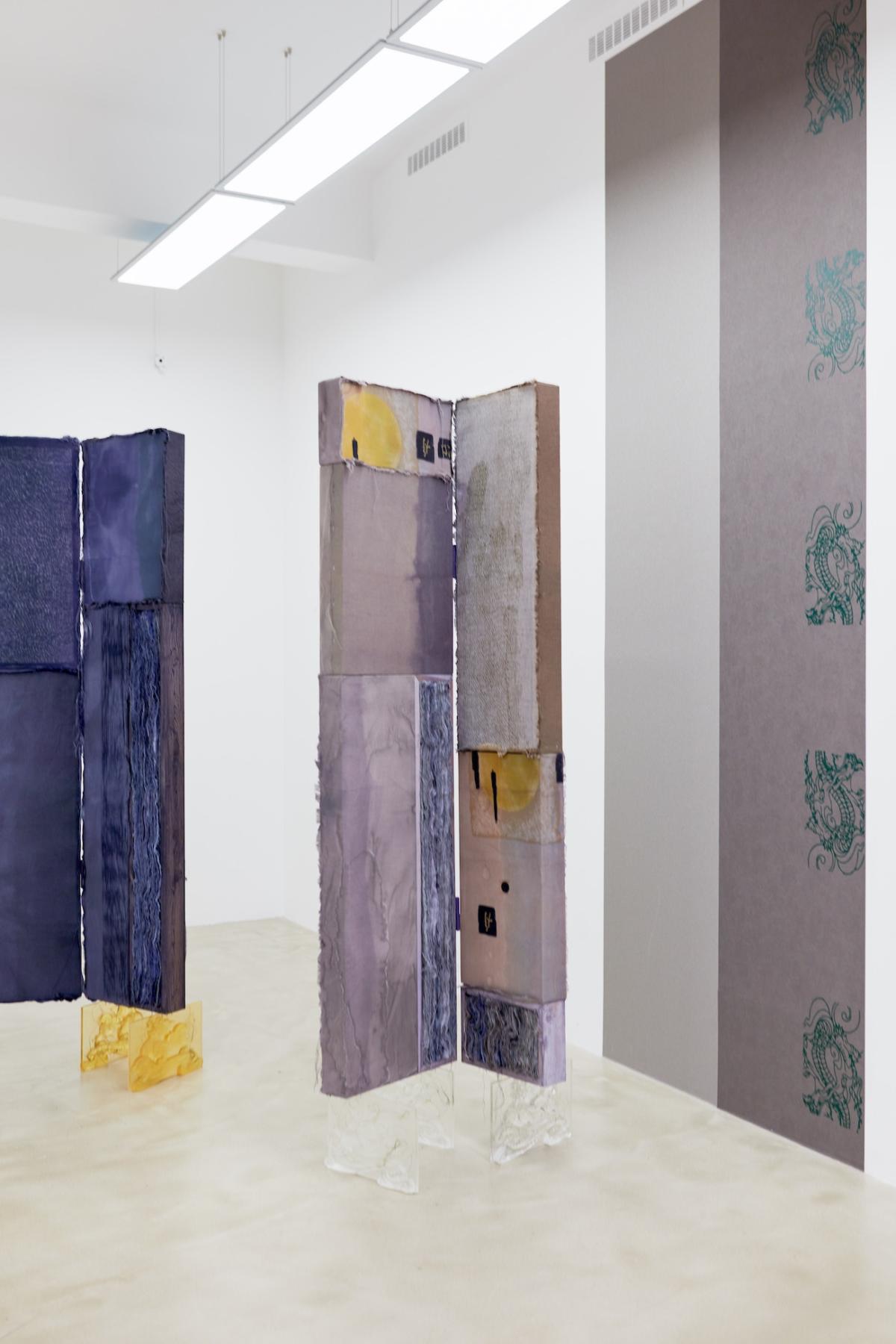
A similarity of these objects with paraváns is interesting not only from the formal point of view. During their booming popularity that overlapped with a peak of colonial expansion, paraváns were often decorated with chinoiserie sought after by wealthy aristocrats and rising bourgeoise. Arts and crafts ethos of that period remained blind towards the colonial aspect of capitalist expansion. Contemporary art is a different story. Julia Gryboś and Barbora Zentková reflect on the logic of capitalist abstraction and their “paraváns” are not exclusive pieces of furniture trying to hit a taste of potential customer but solitaires that purposefully occupy a charged zone in between exclusive decorative artifact and “useless” piece of art that only gains value through processes of perception and interpretation. Whether they will be appreciated on the basis of their formal qualities or whether these qualities will work more as an introduction into the logic of abstraction, remains to be decided by every single viewer.
Imprint
| Artist | Barbora Zentková, Julia Gryboś |
| Exhibition | Diagnosis of the Curved Spine |
| Place / venue | Horizont Gallery, Budapest |
| Dates | January 30 – March 6, 2019 |
| Curated by | Jan Zálešák |
| Photos | Dávid Biró |
| Website | www.horizontgaleria.hu/hu/ |
| Index | Barbora Zentková Horizont Gallery Jan Zálešák Julia Gryboś |
